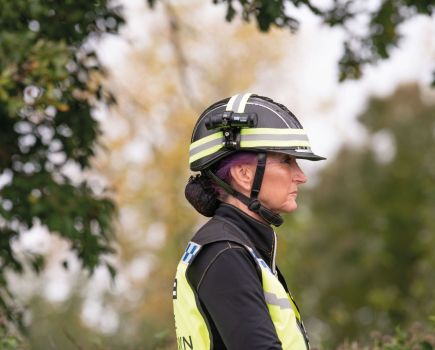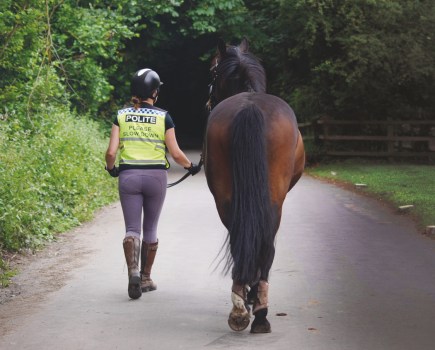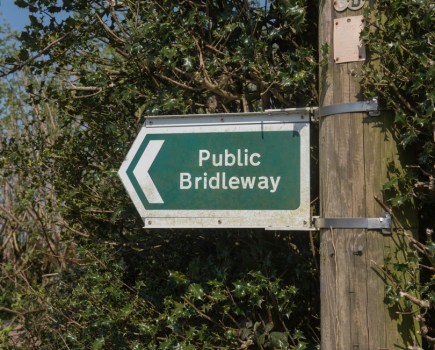#Hack1000Miles is proudly supported by Wintec Saddles
As much as we horse riders love warm, sunny weather, a long run of it leads to concerns about hard ground and how we can continue hacking while keeping a sound horse.
When the terrain on bridleways and in fields is firm, it’s more important than ever to consider not just what you are doing and how fast you’re going, but also what surface you’re riding on.
Varying the terrain
Riding our horses on a variety of surfaces can help to keep them fit as well as sound, and hacking is a good way to do this.
“Variety of surfaces is important,” equine scientist Dr David Marlin tells Your Horse. “Research shows that using a variety of surfaces reduces the risk of injury, and exclusive use on a single surface is likely to increase the risk of injury.
“We also know that extremes of surfaces — ie very deep or very hard — increase the risk of injury.
“Surfaces that change suddenly are a huge risk too, such as riding from soft on to suddenly hard going.
“It’s about consistency and variety while avoiding extremes and sudden changes.”
Grass cover
Good grass cover can provide a little cushioning, but if the ground has been baked by a hot sun the chances are grass growth has been poor too.
Beware a beautiful grass track stretching out in front of you that looks ideal for a canter when you don’t know what’s going on underneath it.
That grass could be disguising cracks and ruts, and a surface that is generally uneven and inconsistent. This will put your horse at risk of injury, especially when riding at speed.
Bear in mind that poor ground conditions can be hidden by grass or weeds as well.
Horses can’t be conditioned to riding on hard ground and trying to do so increases the risk of injury.
Roadwork
Most of us have to hack out on roads at some point, whether it’s for the whole ride or just to access local bridleways.
Roadwork offers plenty of benefits for our horses, including increasing bone strength, as well as generally being a consistently even surface to ride on.
However, too much time spent in trot or canter on surfaces as firm as the road has the potential to cause lameness and injury, so it’s important to know how long is safe to trot on the roads for.
Hoof quality
Research has shown that roadwork results in forces on the hoof around 20 times higher than working on good grass or artificial surfaces.
This is the same for both shod and unshod horses.
“Barefoot horses are at similar risk from roadwork as shod horses with respect to forces transmitted up the leg — the difference between shod and unshod is in how the force travels through the foot,” explains David.
Speak to your farrier and vet if you are concerned about your horse’s hooves when riding on hard ground to see if there is a solution that could suit them.
Horses are all different and some may cope better barefoot than others. It’s about doing what’s best for the individual.
If you are concerned that your horse is struggling with riding on hard ground, speak to your vet and farrier to find out what your options are.
Horses are all individuals, so different shoeing options — such as barefoot, shod or wearing horses boots — may be worth investigating.
Dr David Marlin’s members area on his website drdavidmarlin.com provides access to science-backed information spanning a wide range of horse-related matters, including webinars, latest research findings, independent product trials and celebrity interviews, with the additional opportunity to join a friendly, supportive private community of fellow horse lovers.
A pay monthly membership is £8. Visit www.drdavidmarlin.com
This content is brought to you in partnership with Wintec Saddles, durable, comfortable, easy-care, weather-proof saddles for everyone and proud support of #Hack1000Miles
Main image © Your Horse Library/Charlie Gooders Photography








